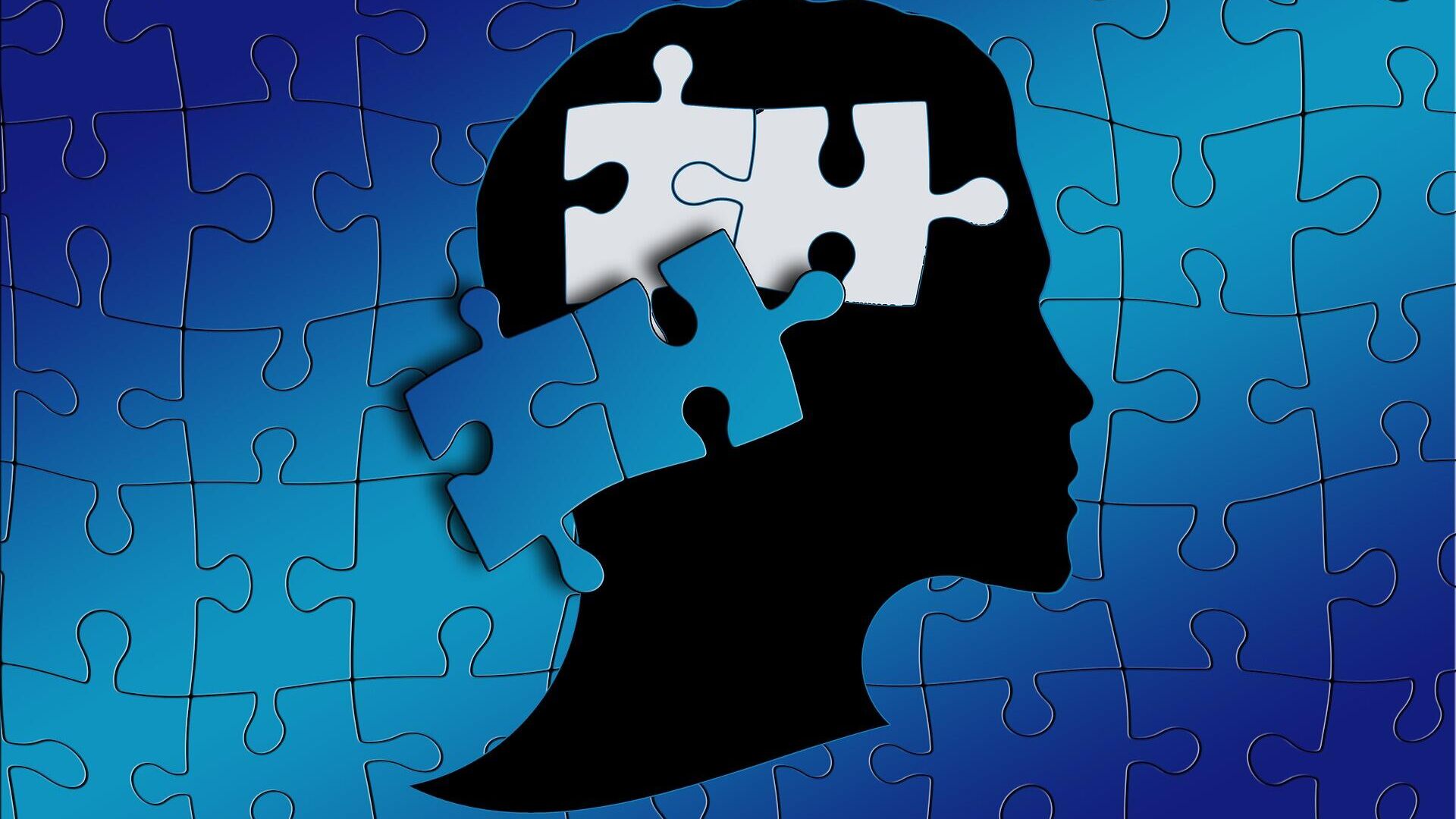https://sputnikglobe.com/20220326/scientists-pinpoint-time-period-in-brain-changes-that-prompt-autism-in-babies-1094216981.html
Scientists Pinpoint Time Period in Brain Changes That Prompt Autism in Babies
Scientists Pinpoint Time Period in Brain Changes That Prompt Autism in Babies
Sputnik International
Autism can usually be noted by parents in their children in the first three years of a kid's life. This neurodevelopmental disorder is mainly connected with... 26.03.2022, Sputnik International
2022-03-26T12:11+0000
2022-03-26T12:11+0000
2022-03-26T12:11+0000
science & tech
amygdala
autism
https://cdn1.img.sputnikglobe.com/img/07e6/03/1a/1094217187_0:100:1921:1180_1920x0_80_0_0_b90893f4e0af2276ec1098358c37ae46.jpg
It has long been known that the development of autism is connected to overgrowth of the amygdala - a small brain structure responsible for processing social and emotional signals - but for the first time researchers have managed to identify the time period in which it happens.The research by a team from the Infant Brain Imaging Study (IBIS) Network, published in the American Journal of Psychiatry, managed to find that it is between six and 12 months of age when the overgrowth of the amygdala begins, triggering the earliest symptoms of autism. The enlargement then progresses through 24 months, an age when the indicators of the disorder are evident.The overgrowth of the amygdala is notably different from the brain changes in babies that develop another disorder, fragile X syndrome - in such cases, no changes to the amygdala were observed.The research involved a total of 408 infants, 50 of whom had an increased risk of developing autism as they had an older sibling with the disorder. More than 1,000 MRI scans were obtained during natural sleep at six, 12, and 24 months of age.The findings by the IBIS Network could pave the way to piece together the puzzle of autism development in babies. Pondering about what may be behind the amygdala overgrowth, the scientists suggested that it could be connected to additional stress that some babies face when trying to process visual and sensory information.Amygdala overgrowth has also been linked with the development of other disorders, such as depression and anxiety. Let's stay in touch no matter what! Follow our Telegram channel to get all the latest news: https://t.me/sputniknewsus
Sputnik International
feedback@sputniknews.com
+74956456601
MIA „Rossiya Segodnya“
2022
News
en_EN
Sputnik International
feedback@sputniknews.com
+74956456601
MIA „Rossiya Segodnya“
Sputnik International
feedback@sputniknews.com
+74956456601
MIA „Rossiya Segodnya“
science & tech, amygdala, autism
science & tech, amygdala, autism
Scientists Pinpoint Time Period in Brain Changes That Prompt Autism in Babies
Autism can usually be noted by parents in their children in the first three years of a kid's life. This neurodevelopmental disorder is mainly connected with challenges in social communication and behavioural problems.
It has long been known that the development of autism is connected to overgrowth of the amygdala - a small brain structure responsible for processing social and emotional signals - but for the first time researchers have managed to identify the time period in which it happens.
The research by a team from the Infant Brain Imaging Study (IBIS) Network, published in
the American Journal of Psychiatry, managed to find that it is between six and 12 months of age when the overgrowth of the amygdala begins, triggering the earliest symptoms of autism. The enlargement then progresses through 24 months, an age when the indicators of the disorder are evident.
The overgrowth of the amygdala is notably different from the brain changes in babies that develop another disorder, fragile X syndrome - in such cases, no changes to the amygdala were observed.
"We also found that the rate of amygdala overgrowth in the first year is linked to the child's social deficits at age two", said first author Mark Shen, PhD, Assistant Professor of Psychiatry and Neuroscience at UNC Chapel Hill and the Carolina Institute for Developmental Disabilities (CIDD). "The faster the amygdala grew in infancy, the more social difficulties the child showed when diagnosed with autism a year later".
The research involved a total of 408 infants, 50 of whom had an increased risk of developing autism as they had an older sibling with the disorder. More than 1,000 MRI scans were obtained during natural sleep at six, 12, and 24 months of age.
The findings by the IBIS Network could pave the way to piece together the puzzle of autism development in babies. Pondering about what may be behind the amygdala overgrowth, the scientists suggested that it could be connected to additional stress that some babies face when trying to process visual and sensory information.
"Our research suggests an optimal time to start interventions and support children who are at highest likelihood of developing autism may be during the first year of life", explained senior author Joseph Piven, MD, Professor of Psychiatry and Paediatrics at the University of North Carolina at Chapel Hill. "The focus of a pre-symptomatic intervention might be to improve visual and other sensory processing in babies before social symptoms even appear".
Amygdala overgrowth has also been linked with the development of other disorders, such as depression and anxiety.
Let's stay in touch no matter what! Follow our Telegram channel to get all the latest news: https://t.me/sputniknewsus 
